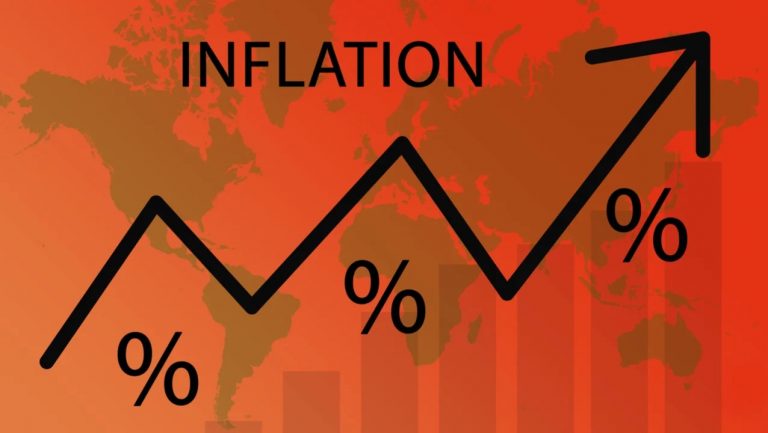
The recent drop in U.S. inflation to 2.4% is a notable shift, coming in below forecasts that hovered around 2.5% or higher. This marks the lowest rate since early 2021, driven largely by a sharp decline in energy prices, with gasoline falling over 6% from February to March. Grocery prices, however, ticked up 0.5%, and eggs surged 6% due to supply constraints from avian flu. Core inflation, which strips out volatile food and energy, eased to 2.8%, the lowest in four years, suggesting broader price pressures are cooling.
This slowdown could signal a cautious win for the Federal Reserve, which has been aiming for a 2% target. But it’s not all rosy—shelter costs, a major CPI component, rose 0.2% and are still up 4% year-over-year, keeping some stickiness in the numbers. Plus, consumer confidence is shaky; people are pulling back spending not out of comfort but uncertainty, which could dampen growth.
The Fed’s likely to hold rates steady for now, especially with trade policy uncertainty looming. Tariffs could push prices up later this year, undoing some of this progress. For consumers, cheaper gas and airfares are a relief, but rising food costs and stubborn rents keep squeezing budgets. It’s a mixed bag—progress, but no victory lap yet.
Register for Tekedia Mini-MBA edition 19 (Feb 9 – May 2, 2026): big discounts for early bird.
Tekedia AI in Business Masterclass opens registrations.
Join Tekedia Capital Syndicate and co-invest in great global startups.
Register for Tekedia AI Lab: From Technical Design to Deployment (next edition begins Jan 24 2026).
The drop in U.S. inflation to 2.4% has ripple effects across the economy, consumers, businesses, and policymakers. Falling energy prices, especially gasoline (down 6% month-over-month), lower commuting and travel costs, freeing up some disposable income. Grocery prices rising 0.5% and eggs spiking 6% hit household budgets hard, especially for lower-income families. Shelter costs (up 4% year-over-year) continue to strain renters and homeowners.
With consumer confidence wobbly, many are cutting back on non-essentials, driven more by uncertainty than financial ease. This could slow retail and service sectors. Lower energy costs reduce operating expenses for transport-heavy industries like logistics and manufacturing. However, rising food input costs pressure restaurants and grocers, potentially squeezing margins or pushing prices higher.
Cooling core inflation (2.8%) reduces urgency for steep wage hikes, but labor markets remain tight, so businesses aren’t fully off the hook. Potential tariff hikes signal future cost increases, forcing firms to rethink supply chains or pricing strategies now. With inflation nearing the Fed’s 2% target, pressure to cut rates diminishes, but sticky shelter costs and trade policy risks suggest no immediate hikes either. A steady 5.25-5.5% federal funds rate seems probable for the next meeting.
The Fed must weigh cooling inflation against slowing growth. Over-tightening risks recession; loosening too soon could rekindle price pressures. Reduced consumer spending and cautious business investment could soften GDP growth in Q2 2025. Retail and hospitality may see weaker demand. Proposed tariffs (e.g., 10-20% on imports) could reverse inflation’s decline by mid-2025, raising costs for goods and disrupting global trade flows.
Bond yields might stabilize as inflation fears ease, but equity markets could stay volatile if growth worries dominate or tariff rhetoric intensifies. A stronger dollar, fueled by high U.S. rates and trade policy fears, could hurt emerging markets by raising their debt costs and dampening U.S. exports. Continued low oil prices (if sustained) benefit net importers like the U.S. but strain oil-dependent economies, potentially affecting global demand.
Shelter and service costs remain elevated, and any supply shocks (e.g., avian flu, geopolitical tensions) could halt progress. If inflation stays low but wages don’t keep pace, real purchasing power stagnates, potentially deepening economic divides. The 2.4% rate is a breather, but it’s fragile. Consumers feel some relief, businesses navigate mixed signals, and the Fed’s on a tightrope. Tariffs and global uncertainties could easily stir the pot by year-end.



